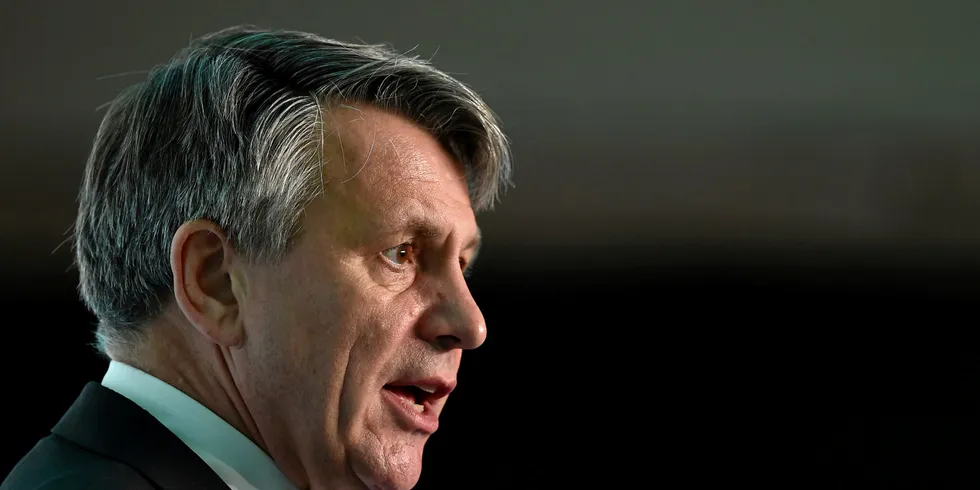Oil and power giants launch new global initiative to accelerate replacement of grey hydrogen
BP, Shell, TotalEnergies, Equinor, EDF, EDP, Enel, Engie and Iberdrola among the 28 companies that signed up to H2Zero at COP26, pledging to produce and use more green and blue H2
